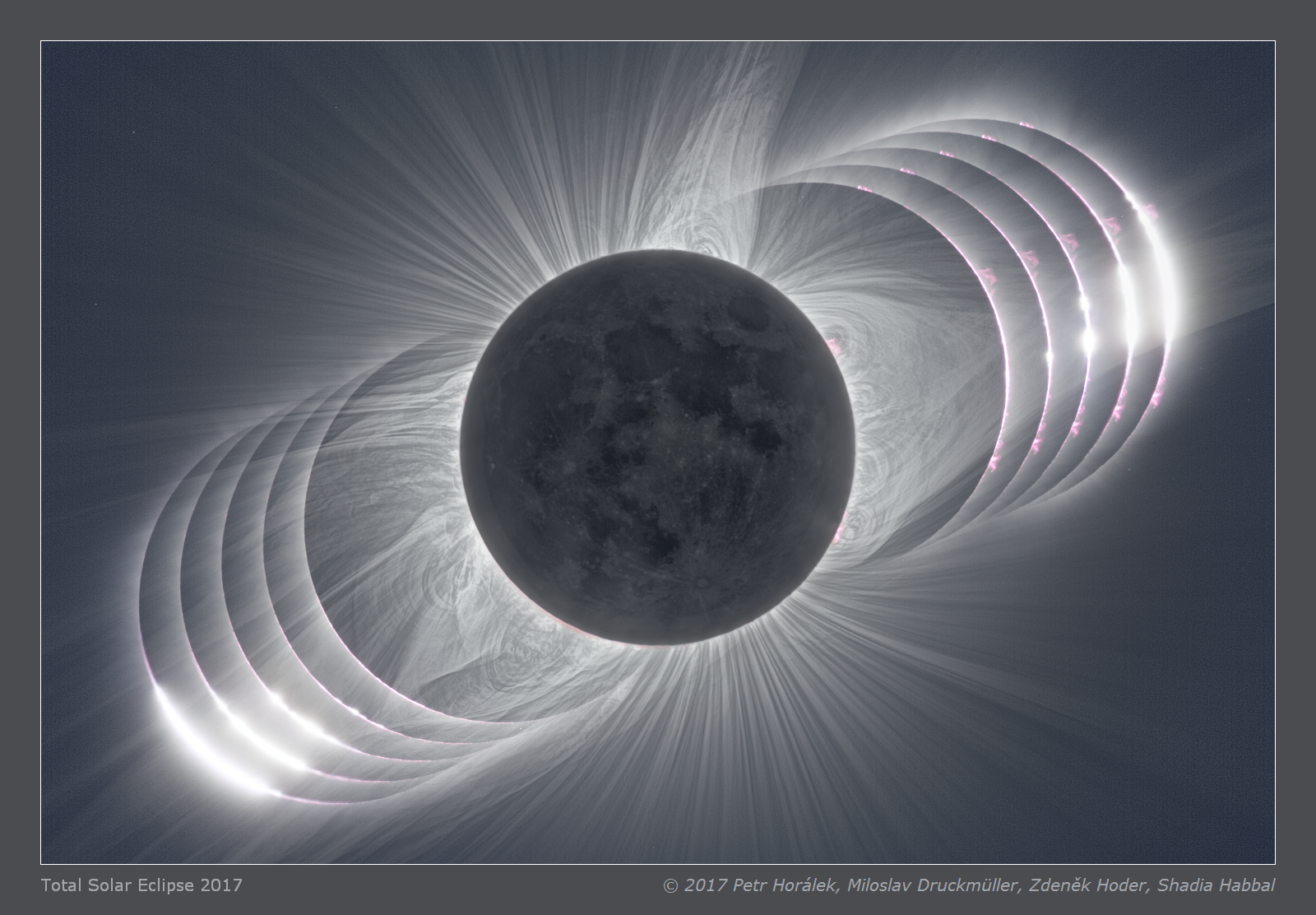Few celestial events capture the imagination quite like a total solar eclipse, and the one on April 8 promises to be particularly remarkable.
Alicia K. Petersen, Ph.D., an assistant professor in the Department of Mechanical and Aerospace Engineering at the University of Florida, is shedding light on the significance of this upcoming cosmic phenomenon.
“During a total solar eclipse, we’re presented with a unique opportunity to observe the solar corona,” said Petersen, who is an expert on space weather and solar physics. “This is crucial because the corona is typically difficult to study due to the overwhelming brightness of the sun itself.”
When the moon slips between Earth and the sun during the next eclipse, it will cast a shadow across North America from Texas to Maine. The moon will obscure the sun’s brilliant light and reveal the enigmatic solar corona — the sun’s outer atmosphere.
Ordinarily, scientists rely on specialized instruments in space like coronagraphs to simulate eclipses and observe the corona. However, the brief window of totality during a solar eclipse offers a rare chance to gather data from Earth with unparalleled accuracy and detail.
But the intrigue doesn’t end there. Even for those outside the path of totality, the eclipse offers a glimpse into the sun’s dynamic behavior.
“As the moon partially blocks the sun, observers can use simple tools like pinhole projectors to witness sunspots — darkened regions on the sun’s surface,” Petersen said.
Sunspots, which mark areas of magnetic activity, play a crucial role in the understanding of space weather.
“Sunspots are not just blemishes on the sun; they’re windows into its magnetic activity,” Petersen said. “These magnetic disturbances can lead to solar flares and coronal mass ejections, which can impact Earth’s magnetosphere and upper atmosphere, damaging spacecraft in orbit and even disrupting power grids on Earth.”
Indeed, the effects of space weather are far-reaching, impacting everything from interfering in satellite communications to creating the stunning auroras visible near Earth’s poles. Petersen’s research focuses on forecasting these space weather events, and she utilizes data from ongoing solar observations.
“As we approach solar maximum — a period of heightened solar activity — the upcoming eclipse offers a unique opportunity to study the sun at its most dynamic,” Petersen said. “By understanding the mechanisms behind solar eruptions, we can better predict and mitigate their potential impacts on Earth.”
In addition to its scientific significance, the eclipse holds educational value, inspiring curiosity and exploration in classrooms around the world. Petersen incorporates eclipse-related exercises into her astrodynamics course at UF, highlighting the intricate orbital mechanics that govern celestial phenomena.
“Teaching about eclipses isn’t just about the spectacle; it’s about fostering a deeper understanding of the universe and our place within it,” Petersen said. “By engaging students with real-world phenomena like solar eclipses, we can ignite a passion for science that extends far beyond the classroom.”
As the world eagerly anticipates the celestial spectacle of the upcoming solar eclipse, scientists like Petersen stand ready to unlock its mysteries and deepen the understanding of the cosmos.
From the shadowy depths of the solar corona to the dynamic dance of magnetic fields, each eclipse brings observers closer to unraveling the secrets of the sun and the broader universe it inhabits.

